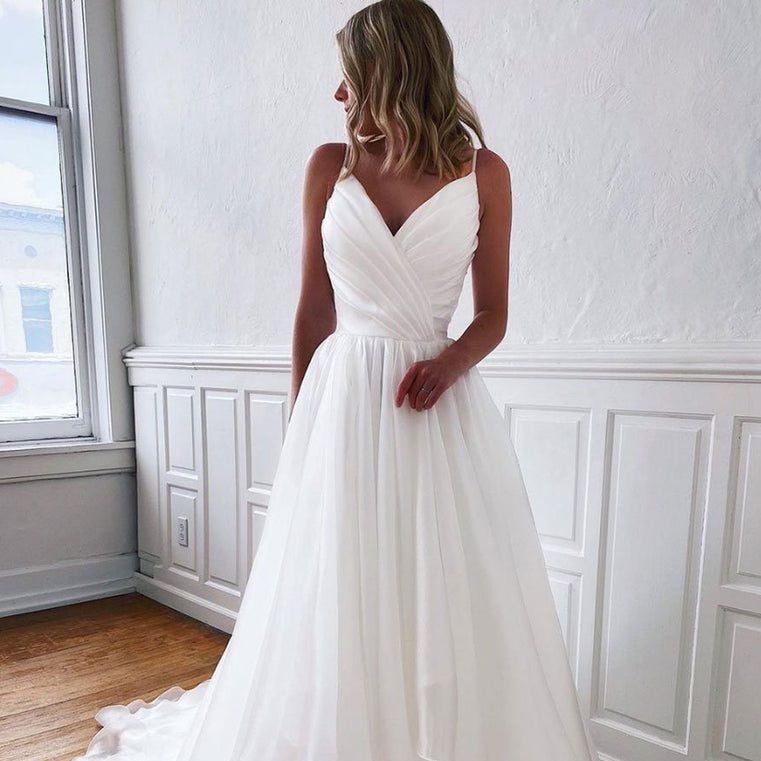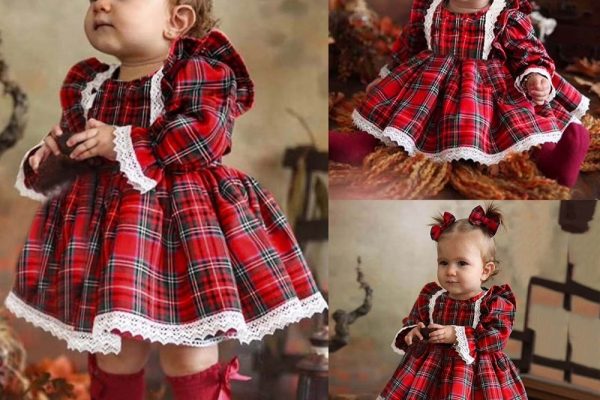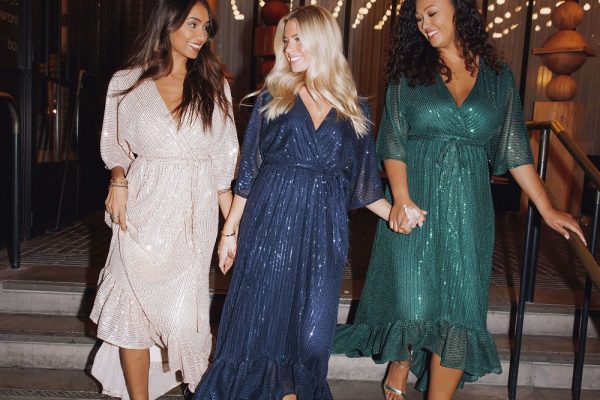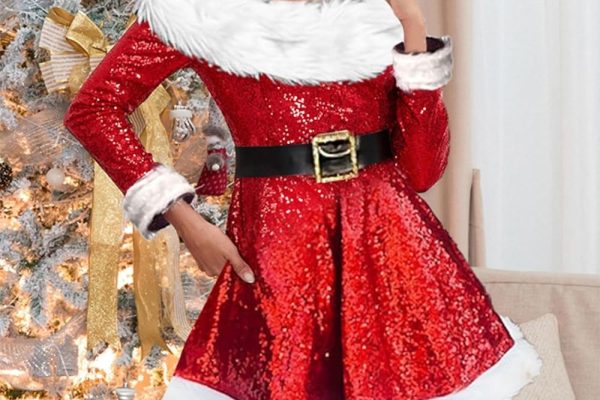A white formal dress is more than just an article of clothing; it is a symbol of elegance, sophistication, and timeless style. Whether you are attending a wedding, a gala, or any other formal event, a white dress can make a stunning statement. Its versatile nature allows it to be styled in various ways, making it suitable for different occasions. In this article, we will explore the history and significance of the white formal dress, its various styles, and how to accessorize it for maximum impact.
The Historical Significance of White Dresses
Origins of the White Dress
The tradition of wearing white for formal events, particularly weddings, can be traced back to the mid-19th century. Queen Victoria of England famously wore a white gown for her wedding to Prince Albert in 1840. This marked a significant departure from the norm, as brides typically wore rich colors. Her choice sparked a trend that influenced bridal fashion globally.
Over time, the white dress became associated with purity, innocence, and new beginnings. These themes resonated not only in wedding attire but also in other formal settings. Today, the white formal dress is a staple of various celebratory occasions, symbolizing elegance and class.
Cultural Perspectives on White
In different cultures, the color white holds various meanings. In Western societies, it is often linked to celebrations and joyous events. However, in some Eastern cultures, white is associated with mourning and funerals. Understanding these cultural contexts is essential for anyone selecting a white formal dress for an event.
By being aware of color symbolism, individuals can choose their attire thoughtfully, respecting cultural norms while still expressing their style. This understanding also allows designers to create garments that are sensitive to varying cultural interpretations of white.

Types of White Dresses
A-Line Dresses
One of the most popular silhouettes for a white formal dress is the A-line style. This design features a fitted bodice that gradually flares out from the waist, resembling the shape of a capital letter ‘A.’ The A-line dress suits various body types, making it a flattering choice for many.
A-line dresses can be simple or adorned with intricate details. Some feature lace, embroidery, or beading, adding an element of sophistication. This design is versatile enough for various events, from garden parties to evening galas, making it a wardrobe staple.
Ballgowns
For those looking to make a grand entrance, a ballgown is an excellent choice. Characterized by a fitted bodice and a voluminous skirt, ballgowns create a dramatic and luxurious appearance. This style is often associated with formal occasions like proms and black-tie events.
Ballgowns can be made from a variety of fabrics, including silk, satin, and tulle. The fabric choice impacts the dress’s overall texture and movement. A well-constructed ballgown can create a stunning silhouette, especially when paired with the right accessories and shoes.
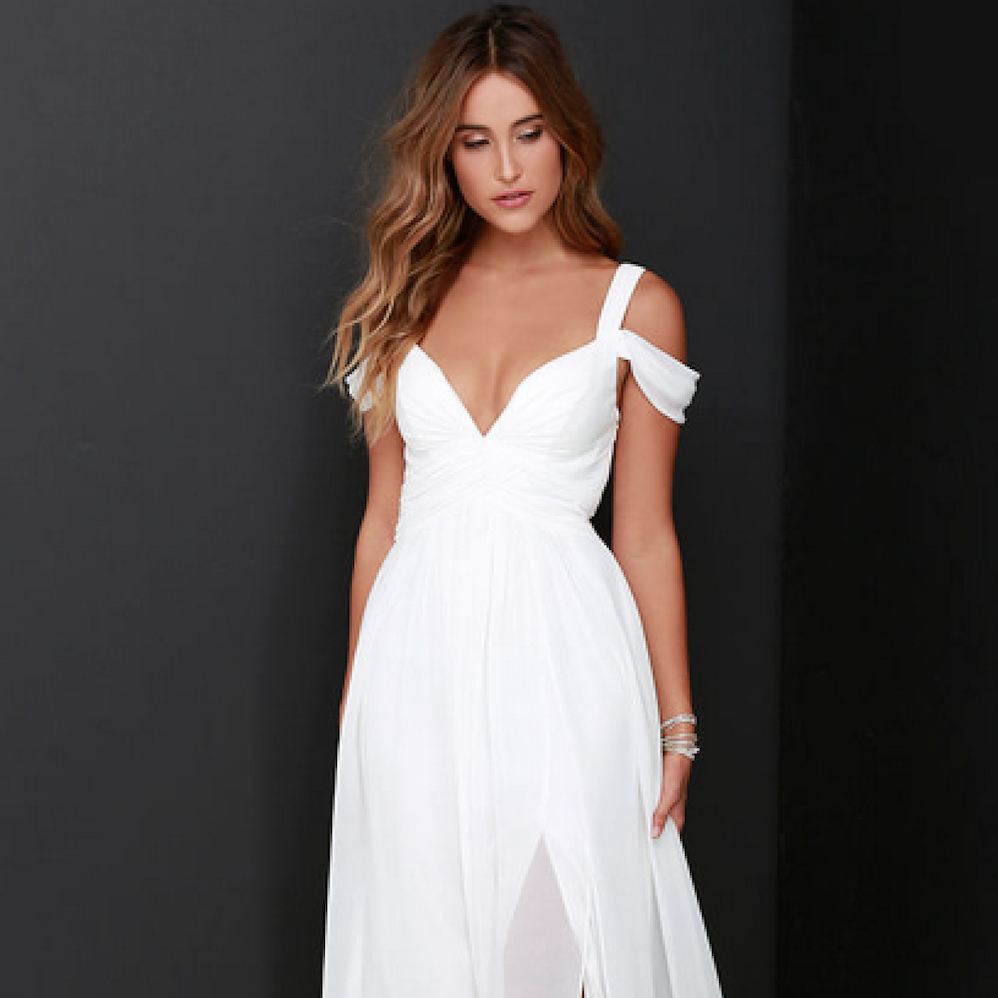
Choosing the Right Fabric
Understanding Fabric Types
The fabric of a formal dress significantly influences its overall look and feel. Common materials include silk, chiffon, tulle, and satin. Each offers different textures and drapes, impacting how the dress moves with the body.
Silk is known for its luxurious feel and natural sheen, making it ideal for elegant settings. Chiffon, with its lightweight and flowing nature, creates a romantic effect. Satin has a smooth finish that adds sophistication. When selecting a white formal dress, considering fabric properties enhances the overall aesthetic.
Seasonal Considerations
Choosing the right fabric should also consider the season and climate of the event. For summer weddings, lighter materials such as chiffon or cotton blends are more comfortable. Conversely, heavier fabrics like silk or brocade work well in cooler weather.
Seasonality not only affects comfort but also impacts the dress’s visual appeal. Light fabrics tend to flutter and move gracefully in warmer weather, while heavier ones provide warmth and structure in cooler months. This awareness allows for informed selections that enhance ensemble appearance and practicality.

Accessorizing the White Formal Dress
Choosing the Right Accessories
Accessories play a pivotal role in elevating a white formal dress. They provide an opportunity to express individuality and complement the dress’s style. When accessorizing, consider factors like the dress’s silhouette, neckline, and occasion.
For a sleek A-line dress, opting for statement jewelry, such as bold earrings or a chunky necklace, can add dimension. If the dress has intricate detailing, simple accessories like stud earrings might work better. Balancing accessories with the outfit ensures a harmonious look that doesn’t overwhelm.
Footwear Choices
The right footwear can elevate the entire ensemble. For formal events, heels are often the go-to choice. Classic pumps can enhance the elegance of a white dress, adding sophistication. Strappy sandals and embellished heels can also provide character and style.
When choosing footwear, comfort should not be overlooked. Consider the event’s duration and the surfaces you will walk on. Stylish yet comfortable shoes allow you to enjoy the occasion without discomfort, so select styles that fit well and offer support.
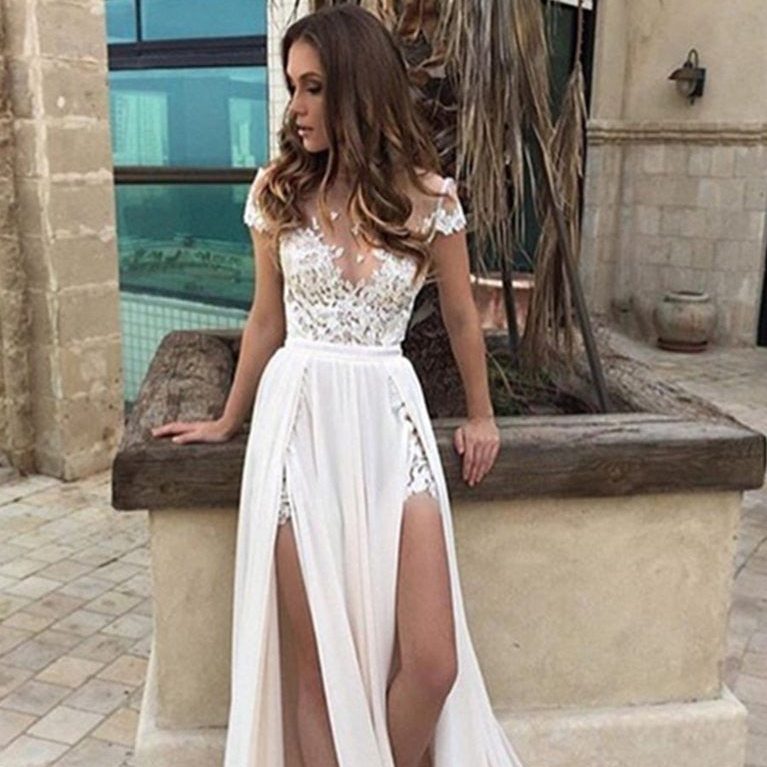
Makeup and Hair Considerations
Makeup to Complement the Dress
Soft, natural tones often work well for a subtle and elegant appearance. Shades of nude, pink, and peach can complement the lightness of the dress while adding a touch of color.
For evening events, consider bolder makeup choices like smoky eyes or rich lip colors to create a dramatic contrast against a white dress. However, balance is essential; if you choose to highlight the eyes, keep the lips subtle, and vice versa. This method ensures that makeup enhances the overall appearance without overshadowing the dress.
Hairstyling Options
Hairstyling is another crucial aspect of completing the formal look. The hairstyle should align with the event’s formality and your personal style. Elegant updos, soft waves, and sleek ponytails are all excellent options for pairing with a white formal dress.
Using hair accessories can elevate the hairstyle further. Delicate hairpins or floral combs can provide a touch of sophistication while complementing the dress. Ensuring the hairstyle is cohesive with the makeup and overall outfit helps create a polished look that is ready for any event.
Cultural and Formal Event Considerations
Understanding the Event’s Formality
When attending a formal event, it is essential to understand the dress code. Different occasions may call for varying levels of formality, and choosing an appropriate style of a white formal dress is key. For instance, a formal black-tie event may require a more elaborate dress, such as a ballgown, while a semi-formal occasion might suit an A-line style.
Cultural traditions may also influence dress codes. Certain events might have specific guidelines regarding attire, especially in diverse communities. Being mindful of these guidelines shows respect for the hosting culture and enhances overall enjoyment of the event.
Respecting Personal Style
While understanding formal requirements is essential, it is also important to depict your personal style. A white dress provides a blank canvas that can be enhanced with accessories and styling choices. Feel free to incorporate elements that reflect your uniqueness, like bold jewelry, distinctive hairstyles, or standout footwear.
Finding the right balance between adhering to the event’s formality and expressing individuality allows for a truly memorable appearance. Embrace opportunities to showcase your personal style while remaining graceful and appropriate for the occasion.
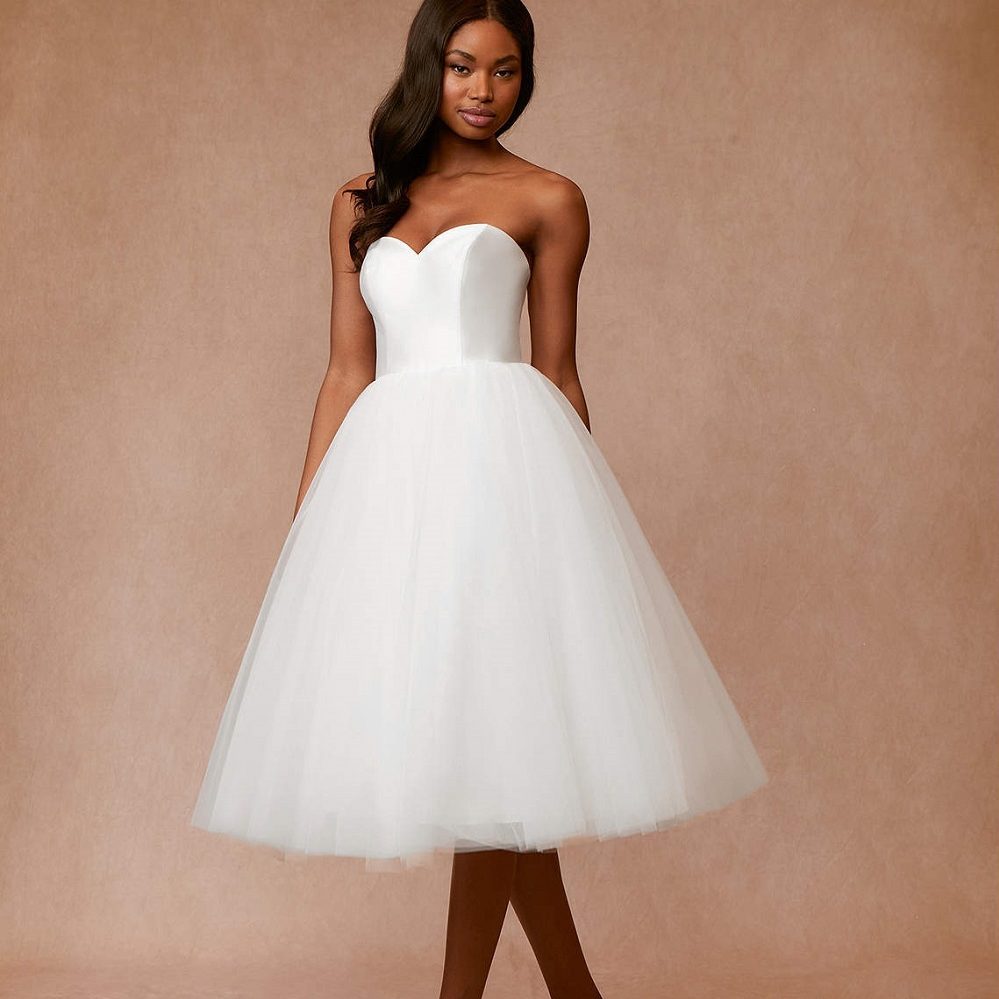
Sustainable Choices in White Dresses
The Importance of Sustainable Fashion
In today’s fashion landscape, sustainability is gaining importance. Many consumers seek eco-friendly choices when selecting formal attire. Opting for sustainably produced white formal dresses allows individuals to make responsible decisions while looking elegant.
Sustainable fashion focuses on ethical production methods, minimizing environmental impact. Choosing designers or brands that prioritize sustainability supports the shift toward improved practices in the fashion industry. This conscious choice can have a lasting impact, encouraging manufacturers to adopt more eco-friendly methods.
Renting for Occasional Wear
For those who attend formal events infrequently, renting a white formal dress can be a sustainable option. Various rental services offer a selection of styles and sizes, allowing individuals to wear high-quality dresses for special occasions without the commitment of ownership.
Renting not only saves money but also reduces waste in the fashion industry. After the event, the dress can be returned instead of sitting in a closet. This practice contributes to a more sustainable approach to fashion, allowing individuals to enjoy elegant styles while minimizing their environmental footprint.
Elevate Your Event with a White Formal Dress
In conclusion, a white formal dress offers a sophisticated choice for various special occasions. Its history, versatility, and associations with elegance and purity make it a lasting staple in formal wear. Whether you opt for an A-line silhouette, a dramatic ballgown, or a sleek fitted dress, the options are endless.
Accessorizing thoughtfully, choosing the right fabric, and understanding the event’s formality will help you create a polished and memorable appearance. Additionally, being mindful of sustainability in fashion choices reflects a commitment to responsible consumption and style.
Ultimately, the key to wearing a white formal dress is confidence. When you feel beautiful and comfortable in your outfit, it elevates your entire experience. Embrace the grace and sophistication of a white formal dress, and you will undoubtedly make a stunning impression at your next event.
